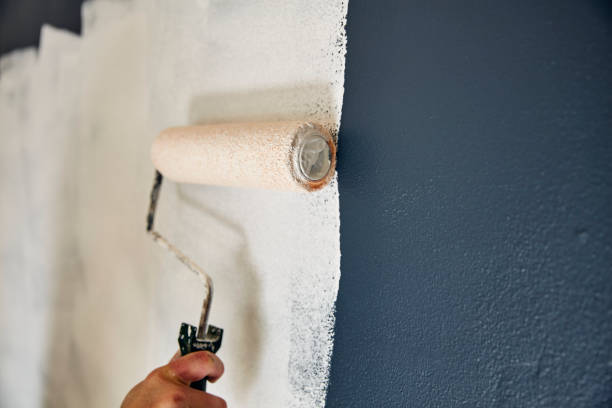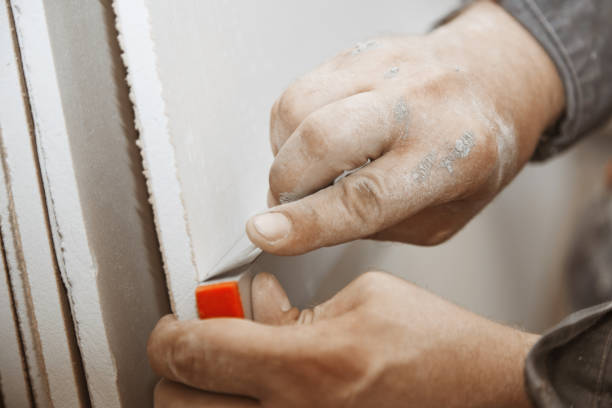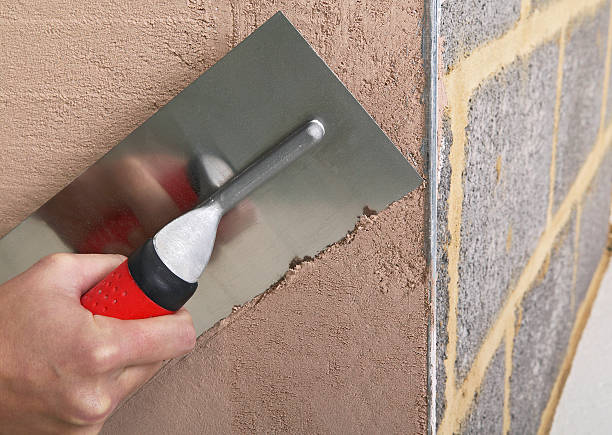Achieving a perfect finish in your home’s interior painting projects requires more than just picking up a brush and paint. Mastering interior painting techniques can make all the difference between a professional-looking job and one that leaves much to be desired. In this article, we’ll explore essential tips to ensure your interior painting projects result in a flawless finish.
1. Choose the Right Paint and Tools
The first step to a successful interior painting project is selecting the right paint and tools. Opt for high-quality paint, as it offers better coverage, durability, and color accuracy. Additionally, invest in good brushes and rollers to ensure a smooth application. Using the right tools can greatly impact the outcome, making your work easier and the finish more professional.
2. Prepare Your Space Thoroughly
Preparation is key to a flawless finish. Start by moving furniture out of the room or covering it with drop cloths. Protect your floors with plastic sheeting or more drop cloths. Next, clean the walls to remove dust, grease, or any other contaminants that could affect the paint’s adhesion. Don’t forget to fill in any holes or cracks with spackle, then sand the areas smooth for an even surface.
3. Use Painter’s Tape for Clean Edges
For sharp, clean edges, use painter’s tape along trim, baseboards, and any other areas you want to protect from paint. Make sure to press down the tape firmly to prevent paint from seeping underneath. This step is crucial for achieving those professional-looking lines that make your interior painting project stand out.
4. Prime the Walls
Priming your walls is an essential step, especially if you’re painting over dark colors or working with new drywall. Primer helps paint adhere better and ensures a more even color. It also seals the surface, reducing the amount of paint you’ll need for coverage. For the best results, choose a primer that matches your paint type.
5. Apply Paint in Thin, Even Coats
When it comes to applying paint, less is more. Rather than trying to cover the wall in one thick coat, apply multiple thin layers. This method not only reduces drips and streaks but also allows each coat to dry properly, resulting in a smoother finish. Start by cutting in around the edges with a brush, then use a roller for larger areas, working in small sections to maintain a wet edge.
6. Be Mindful of Drying Times
Patience is vital in interior painting. Allow each coat to dry completely before applying the next one. Rushing this process can lead to uneven texture, peeling, or a patchy finish. Follow the paint manufacturer’s recommendations for drying times, and consider the room’s temperature and humidity, which can affect how quickly the paint dries.
7. Remove Painter’s Tape Carefully
Once your paint is dry, remove the painter’s tape carefully to avoid pulling up any dried paint. It’s best to do this while the paint is still slightly tacky. If the paint has already dried, use a utility knife to score along the edge of the tape before peeling it off. This step helps ensure that you achieve those crisp, clean lines without damaging your fresh paint job.
8. Don’t Forget the Finishing Touches
After the final coat of paint has dried, inspect the walls for any touch-ups that might be needed. Small drips, uneven spots, or missed areas can be corrected with a bit of extra paint and a steady hand. Once you’re satisfied, allow the paint to cure fully before moving furniture back into the room or hanging artwork.
For more detailed guidance on interior painting or to hire professional painting services, visit HD Drywall Services. Learn about our company on our About Us page, or contact us through our Contact page. Don’t forget to follow us on Facebook for the latest tips and updates.






